Close... except not at all. Increased surface area is not the only criteria for cooling more efficiently. A big puffy down jacket uses materials designed to be a great thermal insulator. It fits loosely on your skin, minimizing direct heat transfer from your skin to the jacket. It is thick with a relatively flat/smooth surface, so it has a very low surface-area-to-volume ratio. That means it has a relatively high capacity for storing heat and relatively low ability to transfer heat to surrounding air.
Radiator paint is specifically designed with materials to be a great thermal conductor. Unlike your jacket, it bonds directly to the surface for great heat transfer from the radiator/intercooler into the paint. The paint layer itself is thin (low capacity for storing heat) with a rough textured surface, so it has a very high surface-area-to-volume ratio, greatly increasing the surface area for transferring heat to the surrounding air. It's like covering the entire intercooler with tiny heat sink cooling fins.
Then, as described in the "myth buster" video, the black color emits heat radiation more efficiently. On the flip side, it also absorbs heat radiation more efficiently too. If I had been thinking better at the time, I would have left the back of the intercooler unpainted. The radiator and A/C condenser are right behind the intercooler and are likely to be emitting more heat radiation than the intercooler has to give off, so the intercooler will absorb heat radiation from the back. Leaving the back unpainted would minimize this effect.







 Reply With Quote
Reply With Quote
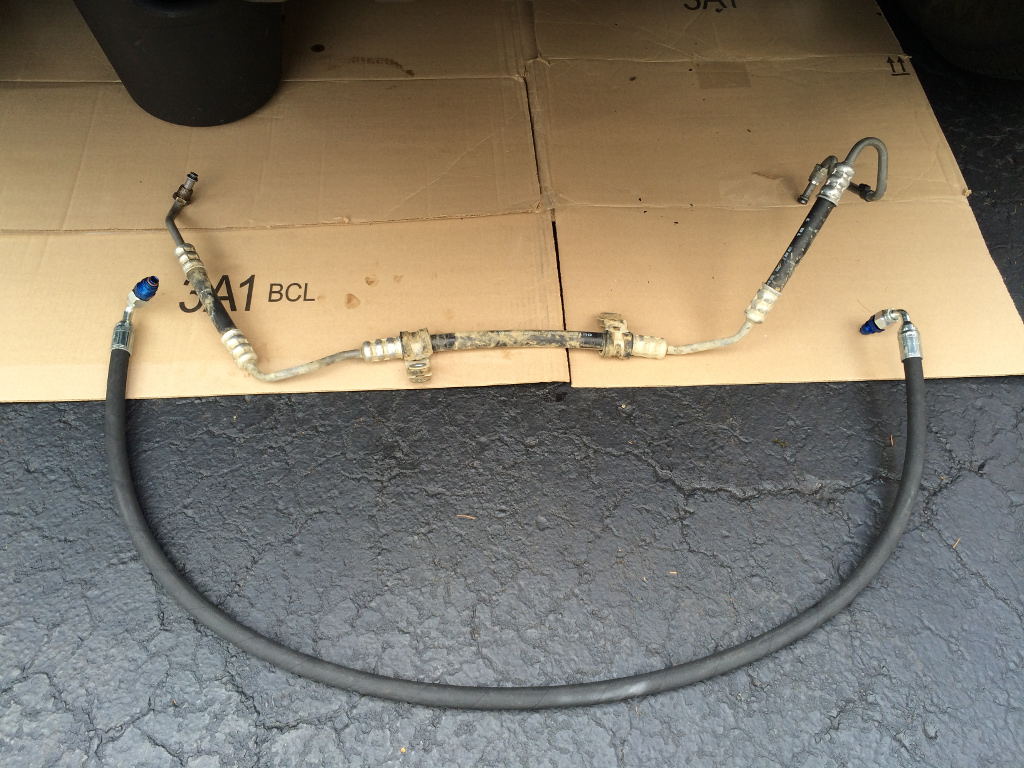
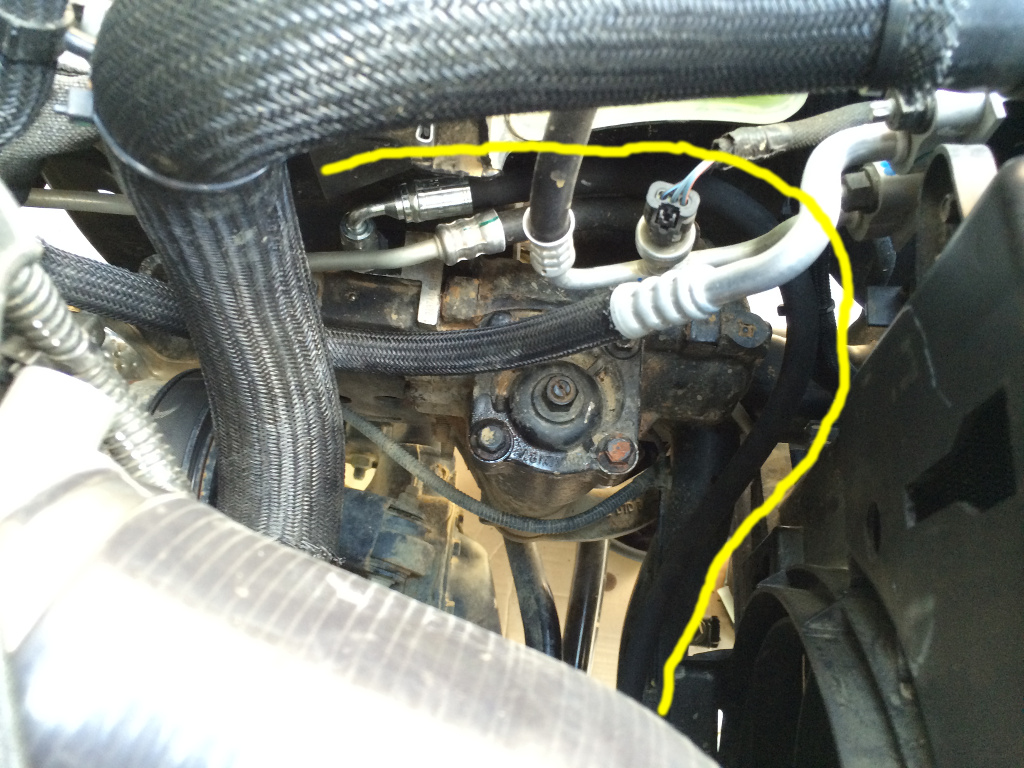
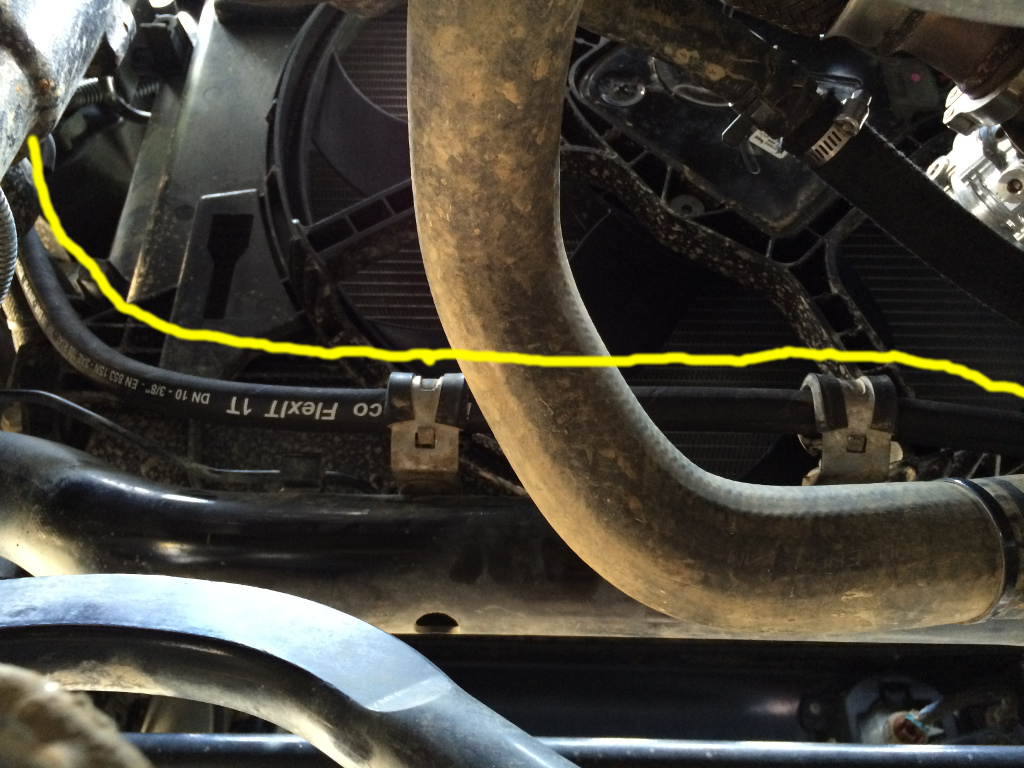

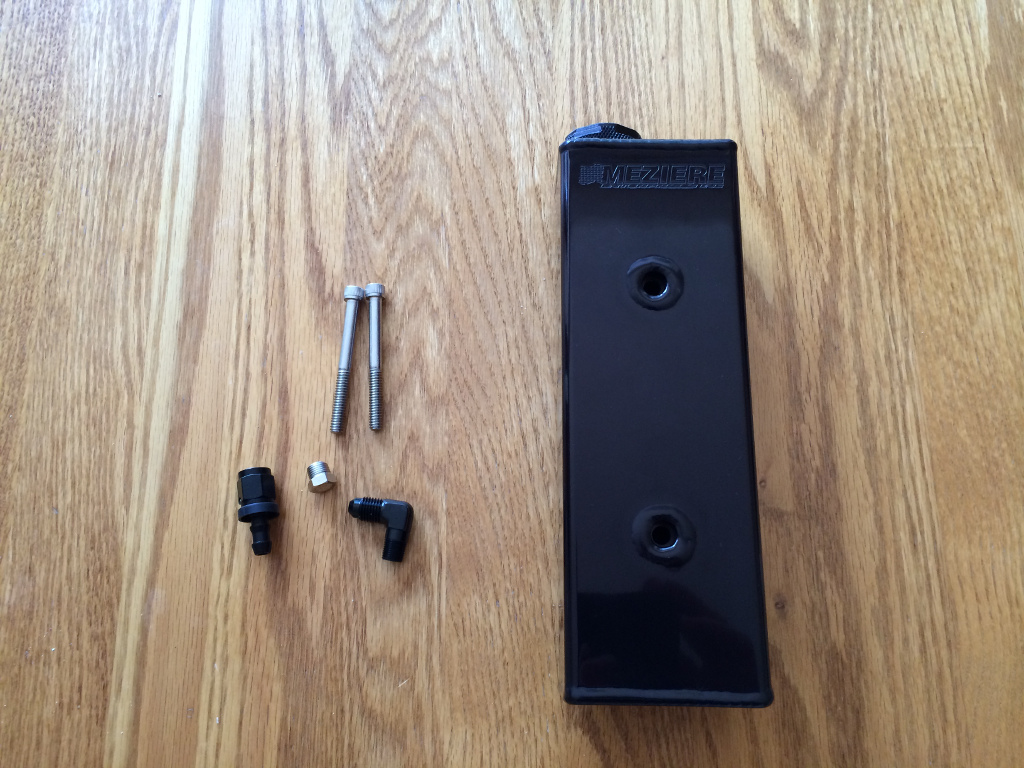





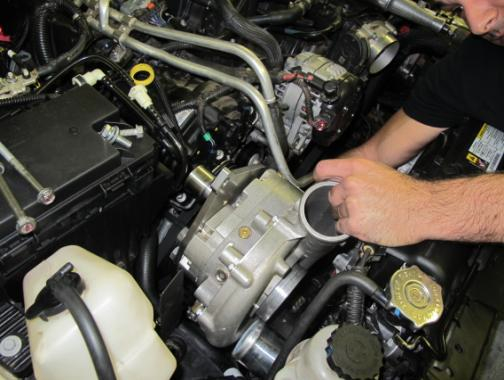

Connect With Us